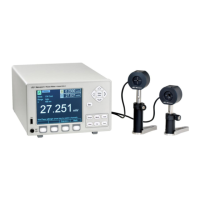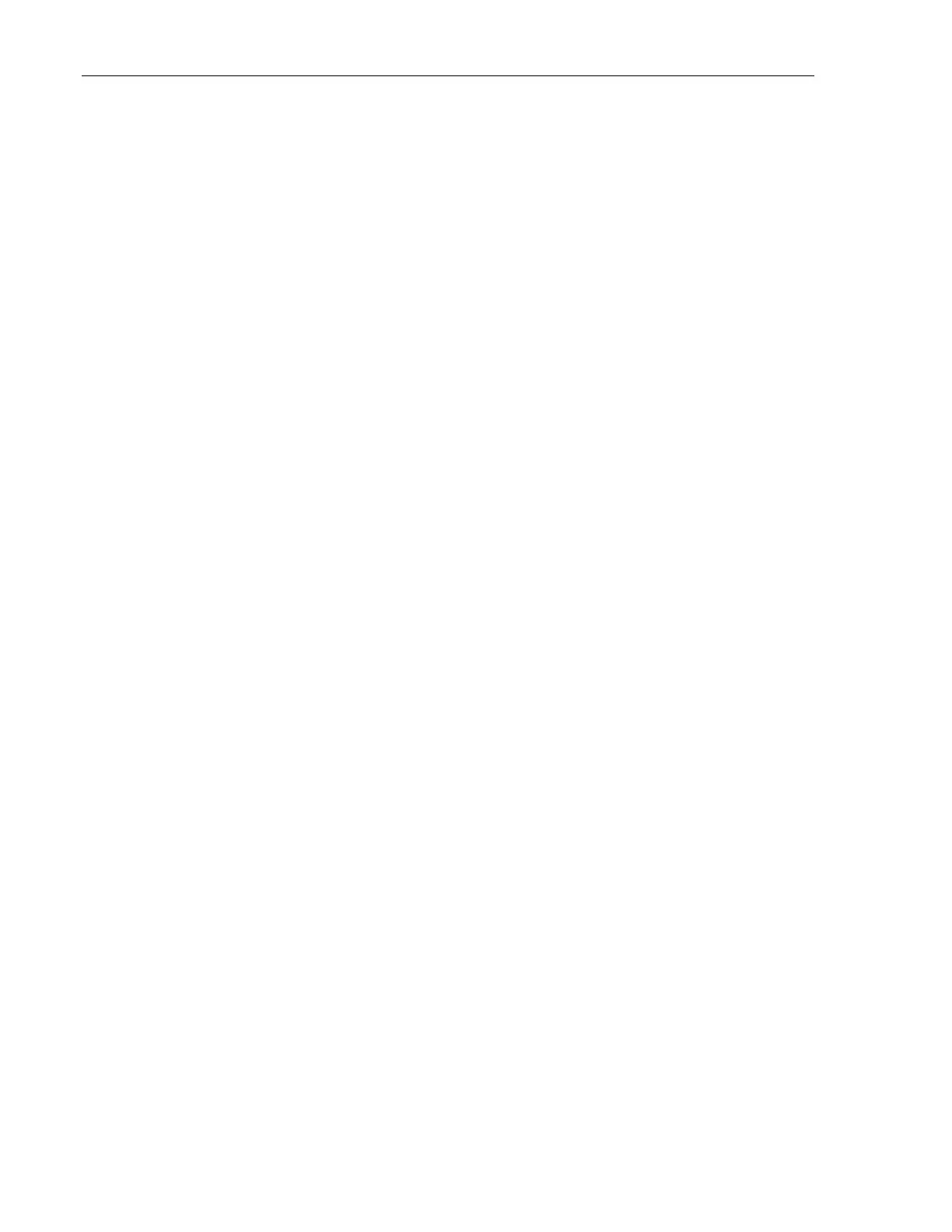136 Appendix A
Any of the following characters, as the first character of an ASCII sequence,
indicates that a number is being defined:
+-.0 1 2 3 4 5 6 7 8 9
A floating point number is defined as follows:
1. Optional +-sign. This defines the sign of the number. If missing, positive
is assumed.
2. Optional 0-9 digits. These digits define the integer portion of the
mantissa.
3. Optional . decimal point. This defines the end of the integer portion of the
mantissa, and indicates that the fractional portion of the mantissa follows.
4. Optional 0 -9 digits. These digits define the fractional portion of the
mantissa.
5. Optional exponent indicator, an ASCII ‘E ’ or ‘e ’,followed by a ‘+’ or ‘-’
(optional), followed by decimal digits.
Examples:
The numbers below all represent the value “1.2 ”
1.2
1.2e0
+01.2E+00000
120E-2
.12e1
The numbers below all represent the value “-1.2 ”
-1.2
-1.2e+00
-0001.2e+0
-120e-2
.12E1
2. <number>defined as binary.
The 1936/2936 Series recognizes unsigned binary numbers in the range of 0
to 65535, decimal, or 0 to 1111111111111111 binary. Binary numbers are
represented using only the digits 0 and 1.A binary number has the following
format:
#B<binary>
Where
#B = mandatory binary number header
<binary> = binary digits (0’s or 1’s)

